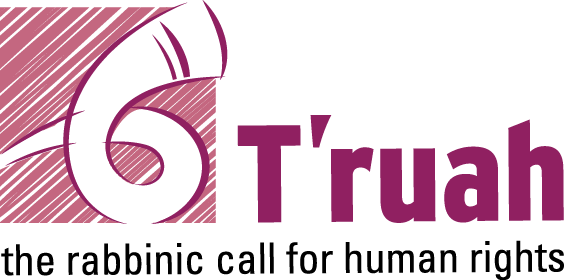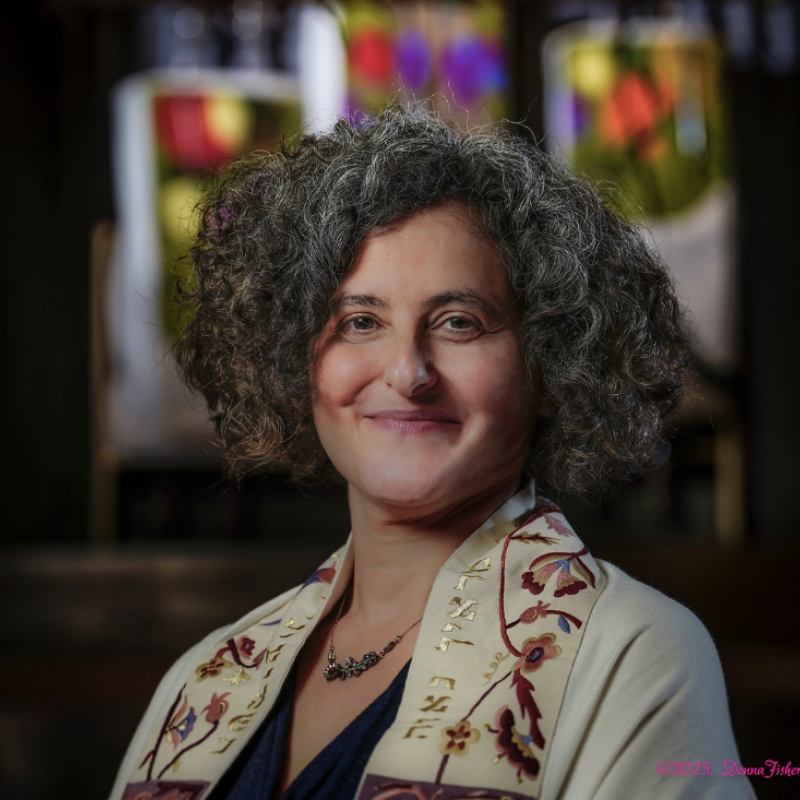We stand like our ancestors on the precipice of what is next: They stood gazing out at the Sea of Reeds, not knowing what could happen, save their inevitable destruction. With the sea in front of them and the enemy army behind them, they were between the proverbial rock and hard place. (Exodus 14:9) They must have been terrified. They could not look behind them for salvation; they could not look ahead. There was no place to look but up. Only a miracle could save them.
Knowing the narrative of the Torah as we do, it is easy to lose sight of the ignorance of the people in the story about how they would move forward. In other words, it would have been out of the realm of reason for them to assume that the sea would split. That’s not how things work, right?
The Talmud teaches that the leaders of the Israelites were arguing amongst themselves about what to do when Nachshon ben Aminadav began walking into the water (Babylonian Talmud Sotah 37a). He continued walking as the water deepened, and only when he could no longer breathe did the sea part. Could Nachshon have known that this was the way forward?
He knew he needed to do something. And while the people may have wanted to look up (or just throw their hands up), he chose to also look ahead, despite the obvious, watery obstacle. He took a step, not knowing how the story would proceed. It took courage and presence of mind. It took creativity and hope. While many Israelites panicked, Nachshon stepped forth. Could Nachshon have known that this was the step he was supposed to take to catalyze salvation?
He did not know. And, it probably didn’t feel like the “correct” thing to do. But it was the thing he did.
Find more commentaries on Beshalach.
Imagine if Nachshon had not done so! Would someone else have come along to lead in this way? Maybe. Perhaps Nachshon became the leader in this midrash because this stepping forth was what God was waiting for.
Nachshon showed up for leadership when and where it was needed. He made a choice to not stand by. He made a choice to move forward impossibly into the future. He catalyzed salvation not because he knew what he must do, but because he did it anyway. Nachshon’s actions saved us because he stepped into the breach of our need.
Find more commentaries on social justice, leadership, and philosophy.
We are the heirs of this story; it is deeply a part of what it means to be a Jew. Each of us is commanded to see ourselves as if we personally left Egypt, freedom-bound. We must demand a world of justice and freedom because we know the plight of the stranger. We know what it feels like to be the victim of injustice. If we try to ignore this call, our story asks, “How dare you?! After all you have been through, how can you let this happen to someone? You should know better.”
If you are like me, you sometimes find it hard to know what the next, right steps are. How do I move forward toward justice and a society bound by moral courage? As we launch into a new presidential term, many of us feel flummoxed and stymied by the many moral crises that lay before us. There is so much that demands our attention as we prepare for sweeping societal and policy changes. There are so many stories that say to us, “How dare we?! After all we have been through, how can we let this happen? We should know better.”
Just as Moses did, Nachshon models for us the strength, courage, and hope to take steps into the unknown; to meet the future, not with self-satisfied assurance, but with action nonetheless.
Like our ancestors, we stand at the precipice of the unknown, but they model for us what it can look like to step into the breach and tell the next chapter with hope.
Come! Let us walk together into the sea!
Rabbi Shoshanah Tornberg, RJE was ordained at Hebrew Union College-Jewish Institute of Religion (HUC-JIR) in New York in 2006 where she also received her Masters in Hebrew Letters. She earned a Masters in Jewish Education from the Rhea Hirsch School of Education at the Los Angeles campus of HUC-JIR. A lifelong Jewish educator, Rabbi Shoshanah has served communities in Steubenville, OH, Tustin, CA, Brooklyn, NY, Albany, NY, Sacramento, CA, and the Philadelphia area. She currently serves as the rabbi of Keneseth Israel in Allentown, PA.

